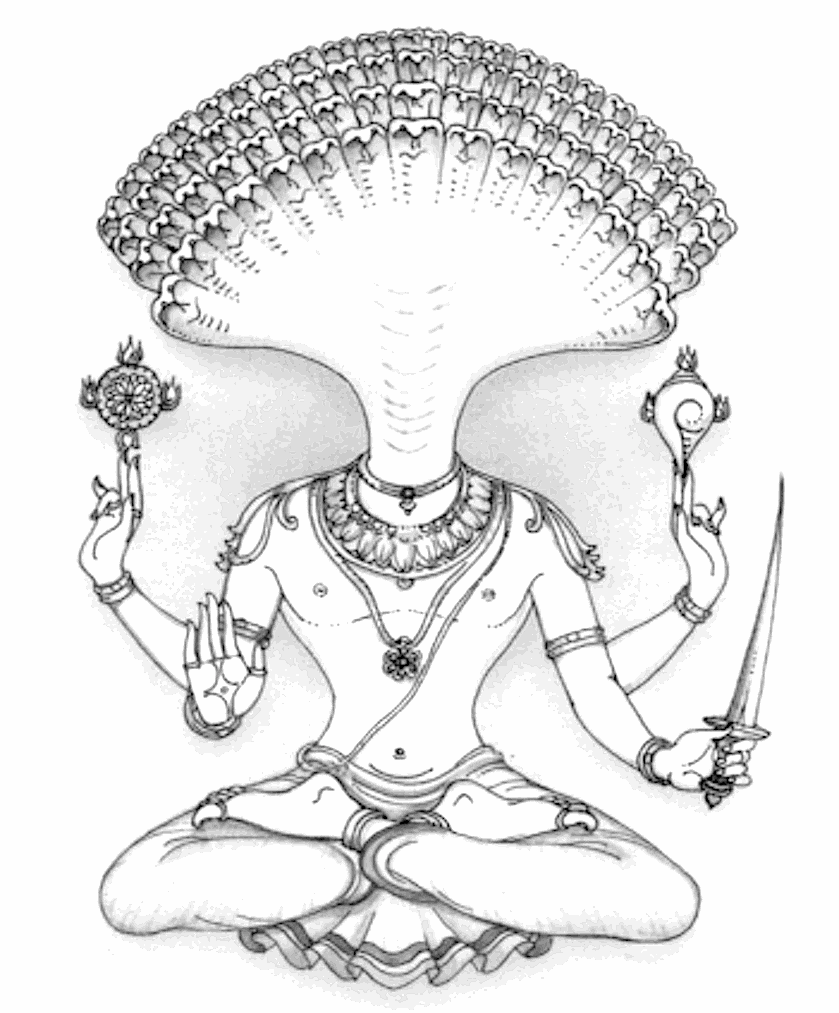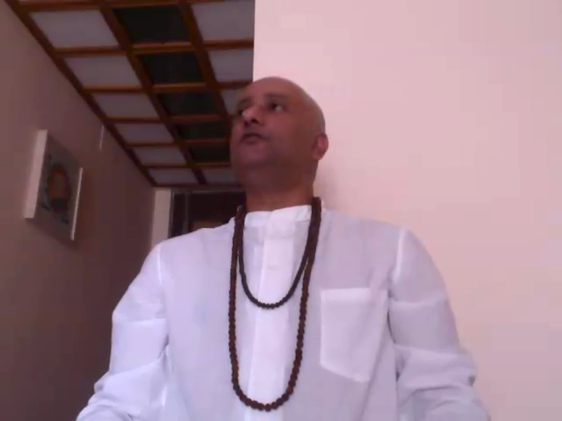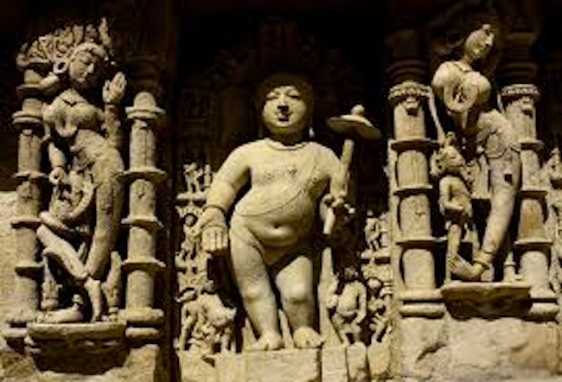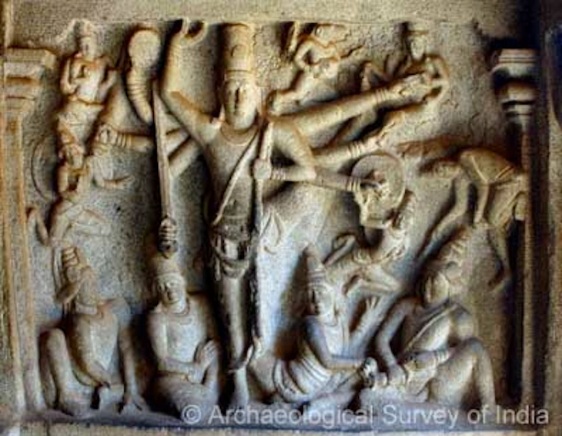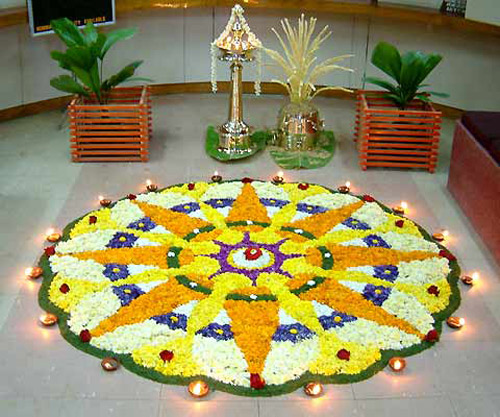What is the very first verse? Chapter 1, verse 1, 196 verses in the yoga sutras. What is the very first word? It is the most famous. All these teachings like I said start like the explosion of a hydrogen bomb- a knock out punch!
The first verse: Atha Yoga, Anushasanam. That is the complete line.
Let me unpack the meaning of each word. This gets interesting. What is the implication? How do we engage, learn when we are given a sutra? This is how I came to this.
ATHA- NOW. AND NOW. . THIS MOMENT.
Atha means this sacred moment. This current moment is the only moment we have. I cannot catch what happened even two seconds ago. Life always happens in this moment. Why would he (Patanjali) start his text on Yoga not with the word ‘Yoga’ but with ‘Atha’
What does Atha Yoga mean? Yoga is the current moment! And what is Yoga? Yoga means to unite. Unite to what? Unite to the higher consciousness, unite to the self. Not to the fragmented, not to the conditioned, not to the limited. To unite to what is free, what is unconditional, to what is authentic, to what is limitless. And where do you find all that? Only in the current moment. Kalidasa says in his famous poem -The Salutation to the Dawn – ‘Look to this day, Because this is the only time we have.’ It was a salutation to the muhurta.
So, ATHA YOGA. Atha also means AND NOW. And now Yoga. Atha Yoga Anushasanam. Anu also means ‘after’. That which follows. It also implies that which is condensed. Something that was expansive has been brought to the core, the essence. The mandatory, non-negotiable, compressed level of truth and value. So much meaning in two words!
SHASANA: In Hindi it means to rule. Whom do you rule? Your family, society? No. you rule yourself. Then you achieve self mastery. Shasanam is discipline, teaching. To learn something is to be under Shasanam.
So Atha Yoga Anushasanam means, Yoga is possible in this moment after you achieve self -discipline. This is one interpretation.
Atha Yoga Anushasanam When was this written? It was put in writing about 2,300 years ago, but historically it is at least four or five thousand years old. In those days we had the ‘Varnashrama Dharma’. Life was divided in 25 year segments. First 25- Brahmacharya where you learned, next 25- Grihastashram when you got married and had a family, then Vanaprastha where you went into the forest and then you would go into sanyasa.
So many authorities say, Atha Yoga means, after you have completed with your Bharmacharya and your Grihastashrama, after you have experienced life, achieved some success, then…And Now…Yoga. And that is probably true. Not that people were not doing sadhana and kriya, but they would come to hard core yoga around the age of 50 years. Osho Rajneesh used to say that “I want people who have succeeded in life and then realized that this success has not made me happy. I want people who have material success, I want people who have fame, I want people who have social positions. I don’t want a whole crowd of poverty stricken people looking for mental peace. That is not what Yoga will provide.’ People keep asking me, ‘If I do Yoga will I get mental peace? ‘ No, your peace will go to pieces!! It will shatter you first. This is also what Osho said, he was coming from the Yoga Sutras. You have to have achieved a certain level of success and social recognition, comfort and then realize that your body is not cooperating as much as it used to. So you have to have had that myriad of experiences, seen life. Then you are ready- Atha Yoga- And Now…Yoga.
But this is not the only meaning. It means “Wherever you are..That Moment Yoga!’ start from where you are. Which is why Bhagwat Gita starts with the blind man. “Dhritirashtra Owachha.” Atha Yoga- no matter what your condition, your success, fame, money, health; whatever you are in this moment, please begin! How can you ever attain if do not begin? So Atha Yoga can also mean, Yoga is NOW. Don’t go looking for the most auspicious time by the horoscope. In Kautilya Arthashastra one of the sutras says “Only fools wait for an auspicious moment, for the evolved person all moments are auspicious”.
ATHA YOGA- the moment you decide, that is the moment your yoga begins. You can begin at any moment. It is like the “Avasara” . a moment in life which is a destiny moment, when your life can change, transform. Atha Yoga- the moment of transformation. What the Greeks called ‘Kairos’. Then normal time is no longer running. It is an aspect of time that can transform you. Atha Yoga- Right Now, This Moment. It is actually the only moment you have. When are you going to start Yoga? One day when you retire? When your responsibilities are over? No. these are all excuses. Yoga does not ask you to give up anything. That is all a two thousand year old practise. There were karmic cycles that required that. I explain this in the talk about Yugas. There was a reason for why things changed, went into survival mode. When yogis and spiritually evolved people stopped speaking about sexuality, money and power. They became ‘dirty’. The spiritual person was not expected to talk about society, and all this. So now those speaking about these very important aspects were those with lower level consciousness! Their values then define what the values are around sexuality, money, power and what society becomes. So Sri Aurobindo did something very profound when he said ‘All life is Yoga’. This is what Atha Yoga already encompasses, and he said it very openly. Atha Yoga- This moment. This is when we are living our life right here on this planet. It is not about bein reborn on another planet!
‘Naveenam Naveenam Kshane Khsane’- ‘New , ever new, every moment. That was another sutra that used to be given. Every moment is new, every moment is fresh, every moment is original, every moment is creative, because…Atha Yoga!
Atha Yoga Anushasana. Anushashanam means after Shasana. You can come to yoga only after self-discipline. This is also a possible interpretation. A person who is not mentally, physically and emotionally disciplined will never succeed in yoga.
Anushasanam: we do our Kriya, our system, our sadhana, the Eight Spiritual Breaths. Do you realize that every movement we have in that is for physical discipline? Don’t let your hands bend, don’t let your hands fly, they should be perpendicular etc. everything is training you in ‘Shasana’ and ‘Anushasana.
This is what makes sutras so enjoyable. You can read them in all directions. You can read them forward, backward or even in three dimensions. That is the way the sutra was supposed to play out. That is why in the Ashtanga of yoga we have the ‘Yama –Niyama’. The rules and disciplines. Don’t lie, don’t steal, be clean etc. I will speak on that separately. So this is vital. While yoga is self- mastery, but to achieve that you require a shasana or discipline. Self- mastery is an evolutionary stage of discipline. To be selfish is very easy, it does not require any discipline. To care only for oneself is very easy. To care for a larger social context requires discipline. To come to your authentic self requires the most discipline. So self-mastery is an evolution that is possible only from discipline. So “Anushasana followed by Yoga’. Anushasana Yoga. When you have Anushasana then time stops, you are always in ‘This Moment’ – ‘Atha’, the present moment awareness.
Yoga means to connect, to join, to link. It actually means to tie, to yoke you. So you are connected to the higher consciousness which happens only when you are in this one moment, the NOW. Because when you are in this one moment, then time does not function anymore for you. Enlightened people have no sense of time. They keep their consciousness about time with great difficulty. To them everything is the same. The past is the same as the present or future. Time is actually a big illusion and even physicists know that. When you travel at the speed of light, you do not start moving faster, you actually start growing bigger. You hit infinite mass. That is the paradox.
So, Atha Yoga Anushasanam- Anushasanam. Leave the ‘anu’ out of that. What do I require to do for shashana? What is the discipline I require? So we have the sadhana, the kriya, the meditation, the satsang, the sangha. These are all aspects. Shasana has these multiple meanings. Sanskrit is a polysemous language, which means one word has more than one meaning. So in ‘Shasanam” we have first discipline which evolves to mastery.
So when you are given this little torpedo, this hook- Atha Yoga Anushasanam, the teacher must have been very happy as the student will be dealing with this for anither two months at least! The student would come back and say, it means discipline. The teacher would ask, okay, so what is your discipline? What are your values? What are your habits? What is your evidence for discipline? When do you go to sleep? What do you eat? Remember our affirmation? ‘From this moment onward nothing that I shall do or think, eat or drink shall abuse this temple to the living God, my body!’ All that comes from here, this yogic vibration- anushasana.
Atha Yoga Anushasanam. And Now Yoga. So discipline leads to self-mastery which keeps me in Yoga, which keeps me in the Now. But if you are in Now you are enlightened! So in that one sentence, Patanjali has covered all the schools of Yoga, Hatha Yoga which is about the body, Bhakti Yoga which is about emotion, Jnyana Yoga which is about the mind and Raja Yoga which is about the prana. All the possible dimensions of yoga have been covered in this first opening sentence, the first blast. It is such a simple definition of Yoga- Atha Yoga, Anushasanam.
The most popular is ‘Yoga Chitta Vritti Nirodaha othe scholars and foreigners like it. But this is actually the most famous definition of yoga. Atha yoga anushasanam. Remember what I said about the Bija Mantras? Each syllable strikes at a particular point. It is not the meaning of the word or sentence, which is important, it is the sound. Each syllable, each sound has a particular vibration in your body, in your mind, in your emotion and in your prana. So in a few years, with enough kriya and meditation, you will realize what kind of a sentence this is- Atha Yoga Anushasanam. It has so much Shakti. They would not write these sutras unless they were in Samadhi. They would be written only in a waking Samadhi. In fact you may not understand these books unless you are in some kind of Samadhi, you will just about grasp the meaning on the surface. Especially the Vedas and Upanishads. They seem to be saying something, but what is happening on the surface is far from the truth. It functions at that extraordinary level. When you really understand Atha Yoga Anushasana, then start reading the Vedas and Upanishad, as they are all mystical, at a different vibration, including the Bhagwat Gita. As you come more and more into yogic consciousness, the connected consciousness when you are connected to the force, the kundalini, the Shakti, the words start vibrating differently. So you were not allowed to read these books. Today they are widely available, that is also okay, at least the knowledge is not lost forever. But there is no real way to understand this, unless you have done some meditation, some form of yoga. Atha Yoga Anushasanam.
It is right there in the front. This is what it is going to be accomplishws, this is what is expected of you, and this is what is required to be done. Everything that you will accomplish is covered in this one sentence. The opening line of the book is therefore dramatic and important. the yoga sutra is so grand, they say that he (Patanjali) is the avatar of Shesha Naga. He was from a different dimension, he was a naga. The energy was playing out from a different dimension. This level of vibration and impact, this level of power! Just the opening sentence blows the mind.
Then you realize, “If I cross this, what I used to be cannot survive.” It is a conscious choice in evolution. Yoga is about conscious choice, to evolve oneself not only to the level of a deva but a rishi. So he put this first level barrier, to filter out those who were not serious.
Atha Yoga Anushasanam. And Now Yoga. And Now when? At what stage of life? It depends. Someone can look at it and decide they are not ready, they cannot make the commitment. That is also wisdom. Not that their life will be destroyed (which is the usual fear). Their life will actually become much better. Yes, how you spend your time will change. Surely you may stop wasting time with people and thinking that is enjoyment! Unfortunately for most people that is where all the psychological investment is. But if we are talking about Shasanam, when we are doing a course like the ‘Eight Spiritual Breaths’, you will not waste your life. Because the affirmations keep repeating the message, hammering it in- ‘Nothing that will lead to disease, decay, death..’ Shasanam- self-mastery, what is required for self discipline? It is implicit that you have to be in control of certain things. What will you control? Not your family! It is your body, your breath, your mind, your prana. And when do we get there? ’Anu- Shasanam’. After certain things are done. That is Sadhana, practice, sincerity. You can have mastery over everything, if you become a BhrahmaRishi you can have Shasanam over the entire universe! They run the universe, not the Gods. Gods are just paid employees!
So when you engage, when you open yourself to the sutra and allow the power, the Shakti to flow into you, a lot happens that is otherwise not possible. A genuine sutra carries that vibration and power, if you allow yourself to be open to it, in this moment. Atha Yoga Anushasanam. In this moment I am open, I am connected, I am in yoga, I am in connection with the sutra- Atha Yoga. So what happens ? Anushasanam.
There are so many ways to play with this. Do you understand now what we were as a culture? How your mind and body and emotion used to be engaged with a teaching style like this, and how we are taught today. The catastrophic fall.
So finally, what is the Patanjali yoga sutra chapter 1, verse 1? ATHA YOGA ANUSHASANAM. It is a complete philosophy of life, a complete system of living. It has everything. Often people just say Atha yoga. That is a mistake. It is Atha Yoga, Anushasanam.
Sarvam Shivamayam.
Rohit Arya is an Author, Yogi and Polymath, being a writer, a corporate trainer, a mythologist and a vibrant speaker. He has written the first book on Vaastu to be published in the West, {translated into five European languages} the first book on Tarot to be published in India, co-authored a book on fire sacrifice, and is the creator of The Sacred India Tarot {82 card deck and book}. He was the Editor of The Leadership Review, and on the advisory panel of Indiayogi.com, the first spiritual portal in the country. Currently he is the Director of Pro-Factor, a leadership and change facilitation corporate training outfit. He has been an arts critic and socio-cultural commentator for over two decades. Rohit is also a Lineage Master in the Eight Spiritual Breaths system of Yoga. He founded the Arya Yoga Sangha and leads multiple meditation circles each week.
The videos of his talks on various subjects can be found here http://www.youtube.com/user/TheAryayogi
His blogs can be accessed here
https://aryayogi.wordpress.com/
http://actpersistintensify.wordpress.com/
http://creativeaye.wordpress.com/
http://zestandgrit.wordpress.com/
